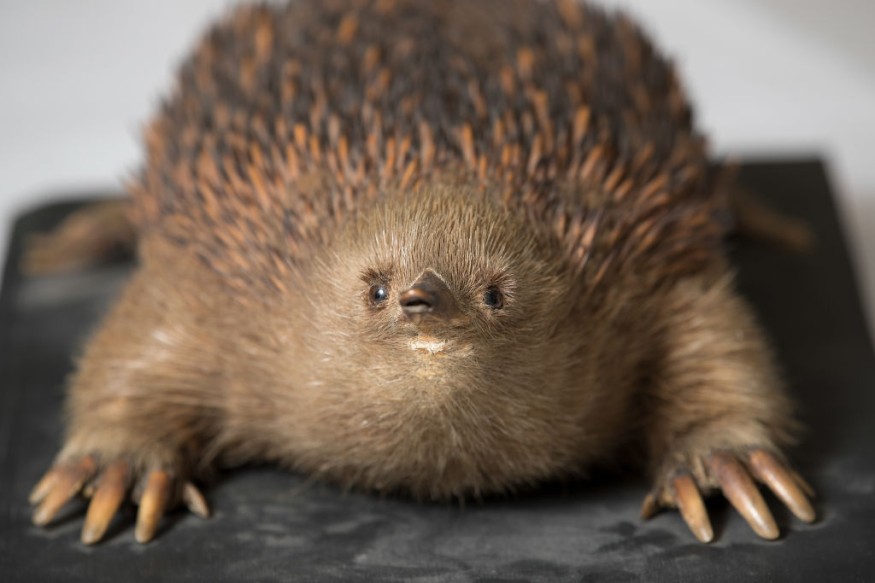After British scientists in the 18th Century dismissed the idea of platypus - the only living mammal that lay eggs at the time - as a fraud, a new group of animals with mammalian and reptilian characteristics emerged which up until this day, remained mysterious and 'least understood' group among mammals.
The egg-laying monotremes, and one among the world's strangest animals, are the Echidnas, also known as 'spiny anteaters'.
They are a result of monotreme reproduction characterized by unusual blend of reptilian and mammalian features. But what feature makes them so strange, you asked? It's their very own four-tipped penis!

Australia has indeed proven its wildlife wonders as a home to the rarest of species, from biofluorescing mammals that lay eggs and sweat milk to echidnas with four-tipped monstrosity.
Echidna Sperms
Technically, echidnas believe that they only have two penises. University of Melbourne developmental biologist Jane Fenelon told ScienceAlert that the mammal merges together two of its penises and uses them independently. Fenelon and her team found that only two of the four glans become functional during erection. They control which of the other half of their penis is erect by directing blood flow to one side.
Researchers reasoned that echidna potentially uses only one side of their penis to attract female echidna and the alternating use of each side allows them to ejaculate 10 times more without stopping, winning over other males like it's a competition.
It takes 100 sperms to bundle up and work together to reach an egg and bear a small puggle echidna. In addition, echidna penis has enough length to reach the female echidna's uterus.
Last Friday, a short-beaked echidna puggle was born in Sydney's Taronga Zoo, Australia, and was the tenth born of his kind. The Sydney zoo has not identified its gender yet at this time.
Echidnas Only Use Their Penis for Mating
The male echidnas' testes never descend and it is stored internally. They have no scrotum and unlike other mammals, they use their penises only for mating. All other processes like urination, excretion, and egg-laying occurs through one hole only called the cloaca.
Researchers have found an evidence of the echidna's strange-shaped penis in some species of turtles with five glans penis and all amniotes including birds, reptiles and mammals which shares the same evolutionary origin with that of monotremes. They further noted that echidna penis must be mammalian in origin.
The echidna penis has major blood vessel that splits into four and can branch out inside the female echidna's urethra. Some marsupials like bilbies also have urethra that splits into two branches only.
Other studies say that some reptiles with hemipenes or split penises like snakes and lizards resembles the echidna. However, the study suggests that it shares more similarities with crocodiles and turtles.
While echidnas are still widespread in Australia despite threat of habitat loss, researchers believe that their unique reproductive system will provide insights on how to conserve their species better.
© 2026 NatureWorldNews.com All rights reserved. Do not reproduce without permission.





